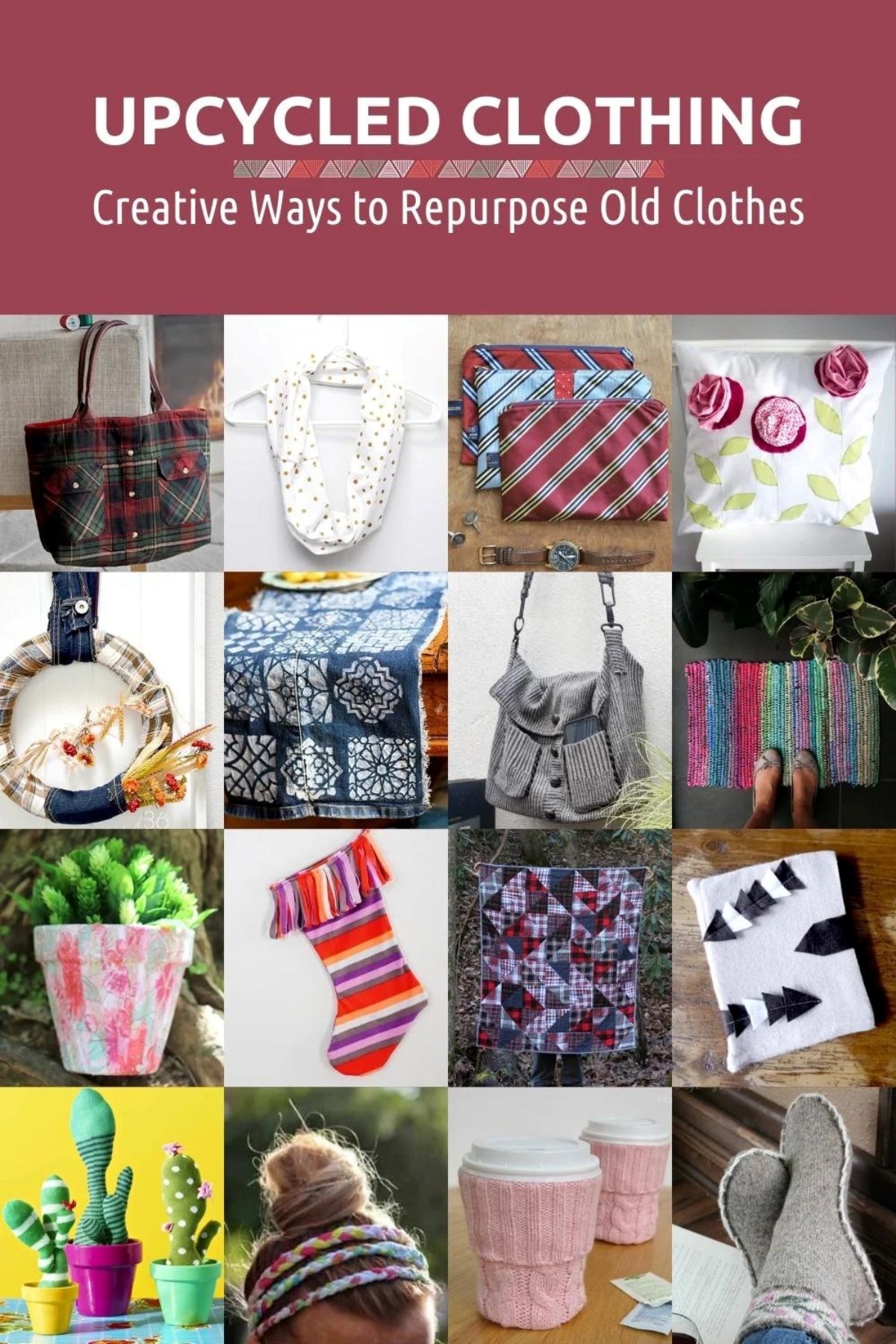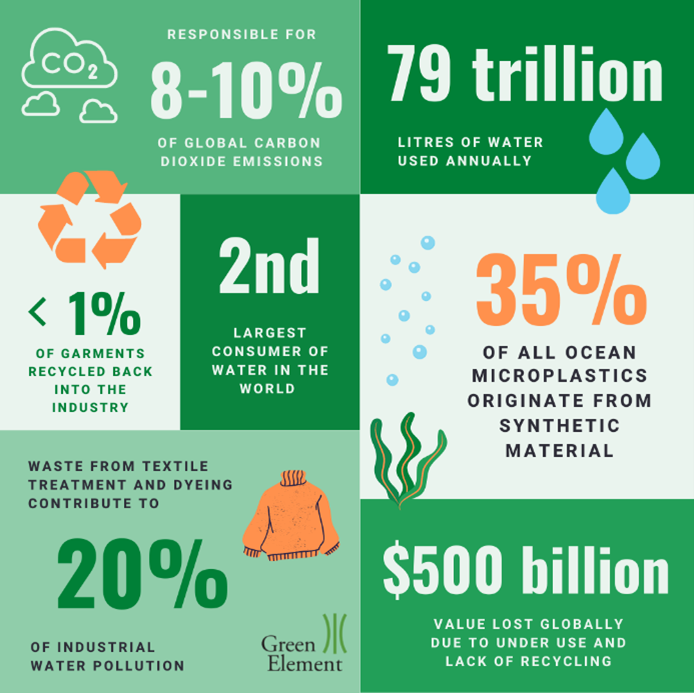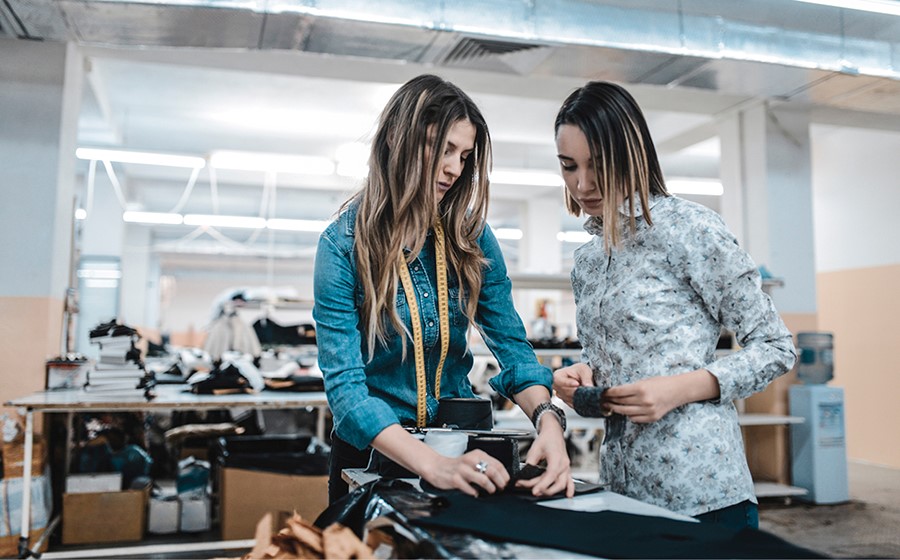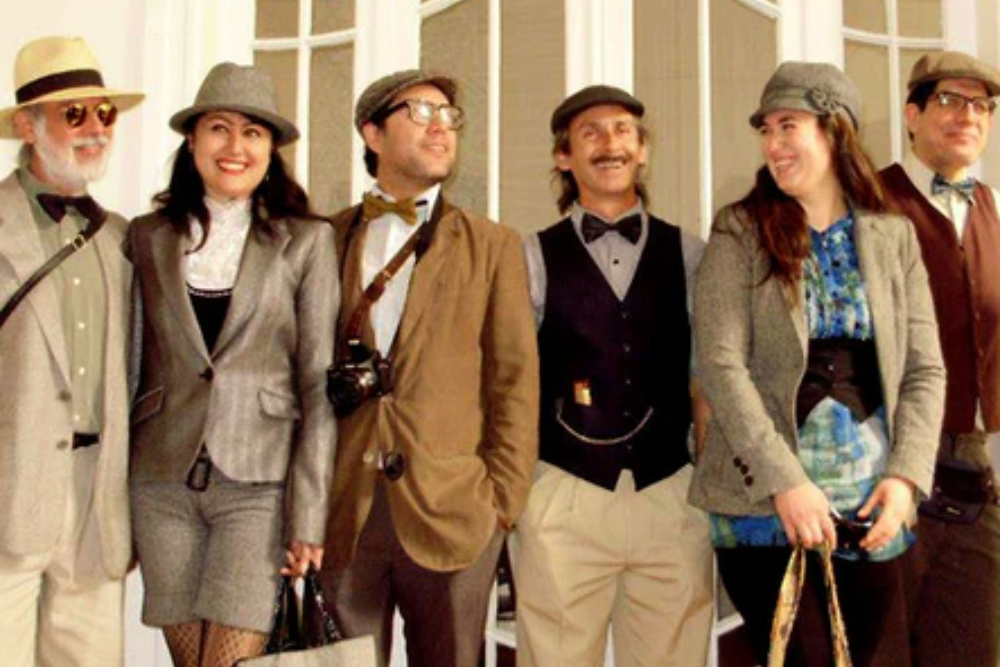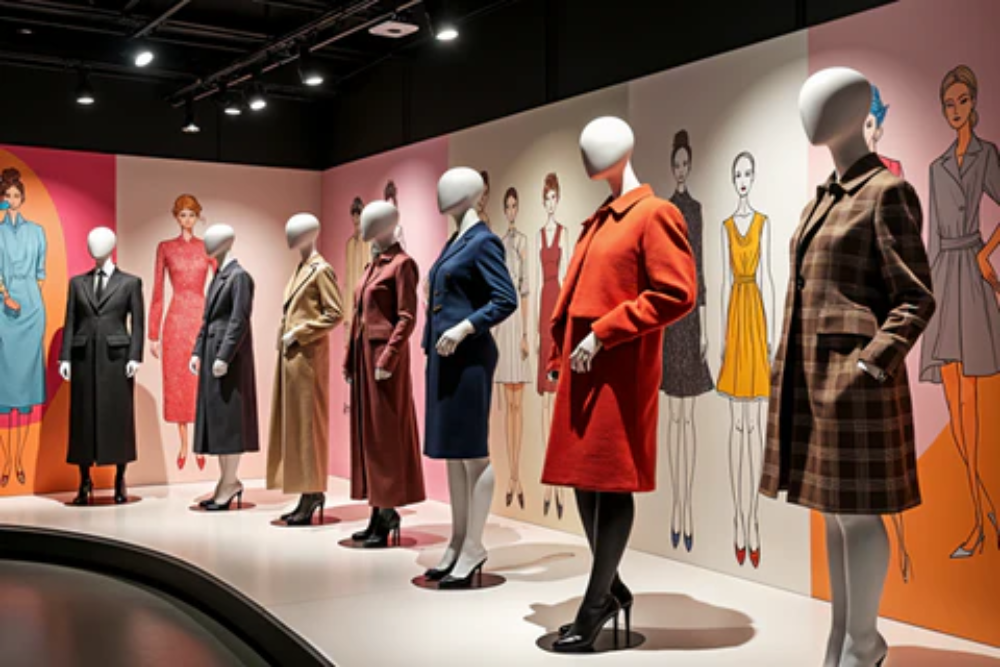Introduction
In an age where fast fashion dominates wardrobes and landfills overflow with textile waste, a counter-movement has emerged with quiet yet powerful resolve—upcycling. More than just a trend, upcycling represents a conscious shift in how we view, use, and value our clothing. Unlike recycling, which breaks down materials, upcycling transforms existing garments into something new and often more valuable without extensive processing. This creative, sustainable approach not only reduces waste but fosters personal expression and reconnects us with the artistry of clothing.
A Brief History of Upcycling in Fashion
Upcycling is not new. Long before the term gained popularity, people reworked garments out of necessity. During the Great Depression, families repurposed flour sacks into dresses. In World War II, rationing led civilians to alter existing garments, extend their life, or remake them entirely. The post-war “make do and mend” spirit laid the foundation for modern upcycling culture.
The concept reemerged with vigor in the 1990s and early 2000s as a reaction against mass production and globalization. Designers like Martin Margiela made deconstruction fashionable, reworking vintage pieces into couture. In recent years, sustainability’s spotlight in fashion has reignited interest in upcycling, transforming it into both a practical act and a form of activism.
Why Upcycling Matters Today
- Environmental Impact
Fast fashion produces 92 million tons of textile waste each year, and the industry is responsible for around 10% of global carbon emissions. Most unwanted clothes end up in landfills or incinerators. Upcycling addresses this by extending a garment’s life cycle and preventing it from becoming waste.
It also minimizes the need for virgin material production, saving resources like water and reducing the pollution associated with dyeing and finishing textiles. For instance, it takes around 2,700 liters of water to produce a single cotton shirt—upcycling avoids such consumption entirely.
- Challenging Consumerism
Upcycling disrupts the buy-discard-repeat cycle. It encourages a slower, more thoughtful approach to fashion where quality, creativity, and longevity replace disposability.
- Empowerment Through Creativity
Transforming an old item into something new empowers individuals to explore their style, express their values, and even develop new skills. It invites anyone—from amateur crafters to professional designers—to engage with fashion hands-on.
The Art of Upcycling: Popular Techniques and Tools
- Patchwork and Embroidery
Inspired by quilting traditions, patchwork involves sewing together fabric scraps to form a new design or repair a damaged area. Embroidery adds intricate detail and can turn stains or tears into focal points.
- Dyeing and Tie-Dyeing
Dyeing is one of the simplest ways to revive a faded or stained garment. Natural dyes (like indigo, turmeric, or beetroot) add eco-friendliness to the process. Tie-dye and dip-dye techniques allow for playful, modern patterns.
- Cutting and Reconstructing
An oversized shirt can become a crop top. Jeans can be turned into a skirt or a bag. The possibilities are endless with some imagination, scissors, and basic sewing skills.
- Appliqué and Iron-Ons
These decorative techniques are perfect for covering worn-out areas or simply adding flair. Appliqués can be hand-sewn or ironed on and often reuse fabric remnants.
- Mixing Materials
Combining textiles from different garments creates unique, hybrid pieces. A denim jacket with plaid sleeves or a hoodie with velvet inserts makes a bold statement and ensures no two pieces are alike.
- Visible Mending
The Japanese art of Sashiko—a decorative form of reinforcement stitching—embraces flaws and elevates them into design features. Visible mending celebrates imperfection, turning damage into storytelling.
Upcycling in Contemporary Fashion
Upcycling has found a place on global runways and in major retail spaces. Brands like Marine Serre, Bode, and Bethany Williams have built entire collections on reworked materials. Even fast fashion giants like H&M have experimented with upcycled capsules (albeit controversially).
Meanwhile, independent designers and DIY communities are leading a grassroots movement. Social media platforms like TikTok and Instagram are filled with creators showcasing thrift flips, DIY tutorials, and styling tips for upcycled outfits.
In parallel, upcycling aligns with rising consumer interest in slow fashion, circular design, and zero-waste living. It shifts power back to the consumer by promoting autonomy over one’s wardrobe.
Getting Started: A Beginner’s Guide to Upcycling
- Start With What You Have
Look through your wardrobe. Identify clothes that no longer fit, have minor damage, or just don’t excite you anymore. Instead of throwing them out, ask: Can this be revived or repurposed?
- Gather Basic Tools
You don’t need a studio setup. Some essentials:
- Fabric scissors
- Needles and thread (or a sewing machine)
- Fabric glue (for non-sewers)
- Iron-on patches
- Dye kits or natural dye ingredients
- Measuring tape and chalk
- Learn the Basics
YouTube, online courses, and even local community centers offer tutorials on hand sewing, alterations, and basic garment construction. Start small—hemming pants or adding patches—before progressing to full reconstructions.
- Get Inspired
Follow upcycling artists and designers. Pinterest boards, TikTok creators, and Instagram tags like #upcycledfashion or #refashion can provide endless ideas.
- Experiment Without Fear
The beauty of upcycling is that mistakes often lead to new ideas. The process is more important than perfection. Each attempt teaches you more about fabrics, construction, and your personal aesthetic.
Case Studies: Noteworthy Upcycling Projects
- Zero Waste Daniel
Daniel Silverstein turns post-consumer and factory waste into wearable art. His patchwork garments—meticulously constructed from tiny fabric scraps—demonstrate what’s possible with precision and creativity.
- RE/DONE
This brand revitalizes vintage Levi’s jeans into contemporary cuts, proving that old can be fashionable, premium, and profitable.
- Local Artisans and Community Workshops
From Nairobi’s street tailors to London’s upcycling cafés, grassroots initiatives teach people how to alter, mend, and reinvent clothing. These community-driven models foster social sustainability as well as environmental impact.
Challenges and Misconceptions
Upcycling isn’t without its hurdles. One common misconception is that it’s only for creatives or sewing experts. In reality, upcycling spans a wide spectrum—from small embellishments to advanced tailoring.
Another challenge is scalability. While large brands struggle to integrate upcycling into mass production, that’s also what makes upcycling special—each piece is unique, defying mass uniformity.
Then there’s the perception of value. In some circles, upcycled fashion may be seen as less “luxurious” or professional. But this is shifting, especially as sustainability becomes more valued in fashion.
Upcycling as an Ethical and Cultural Statement
At its core, upcycling is about respect—for the resources that went into our clothes, for the labor behind them, and for the potential they still hold. It challenges throwaway culture and replaces it with care, patience, and ingenuity.
Upcycling can also serve as cultural preservation. Many indigenous and rural communities have long practiced garment reuse and repair, not only for sustainability but to maintain heritage. Learning from these traditions enriches modern upcycling with deeper meaning.
The Future of Upcycled Fashion
Technology is beginning to assist upcycling. AI-powered design tools, 3D modeling, and virtual try-ons allow creators to visualize transformations before cutting fabric. Apps that scan wardrobes and suggest upcycle ideas are in development. Meanwhile, growing consumer demand is driving platforms that connect customers with upcycling services.
The shift from mass consumption to intentional creation could redefine fashion’s future. Upcycling is no longer niche—it’s part of a broader movement for climate responsibility, craft revival, and style individuality.

